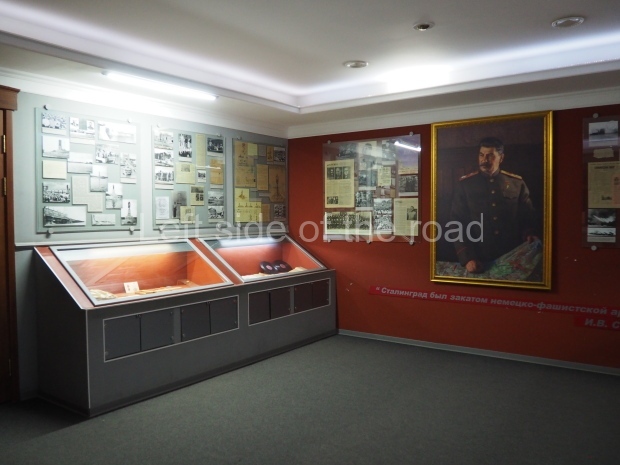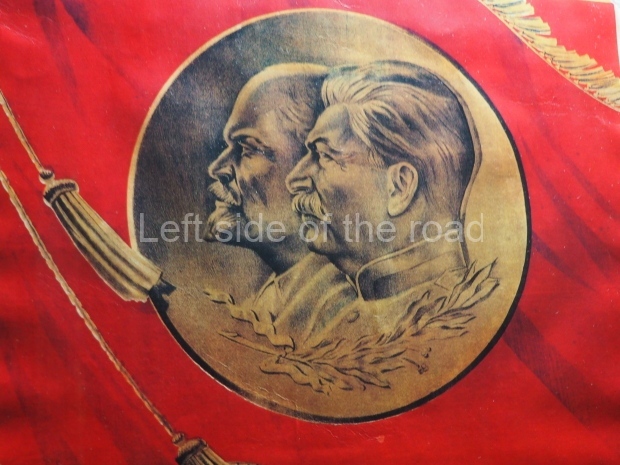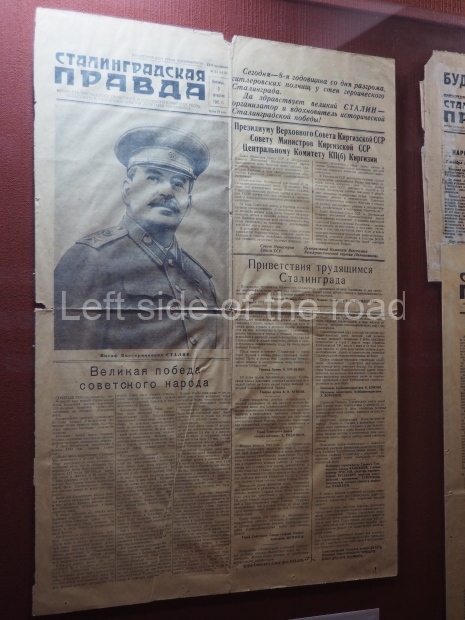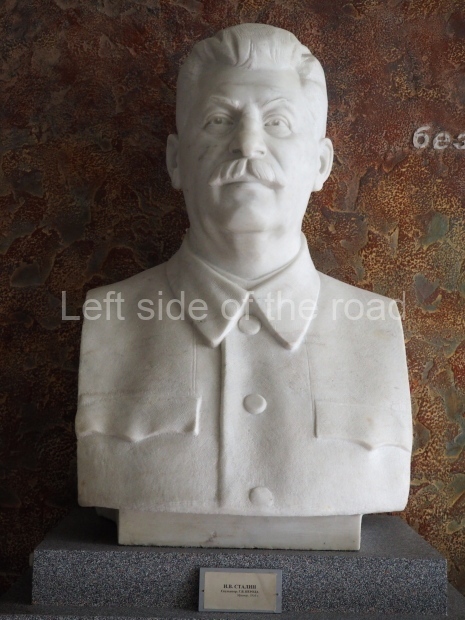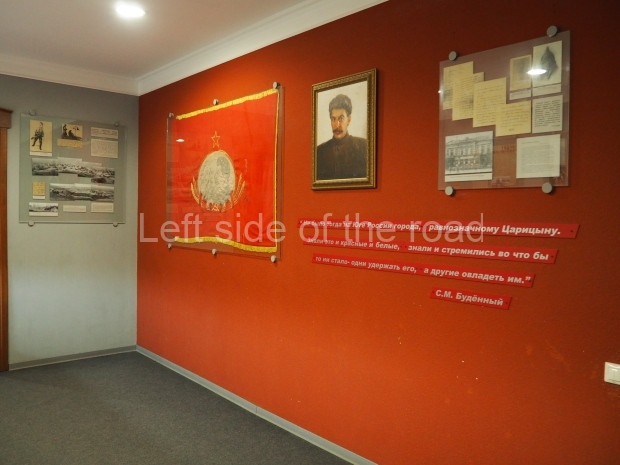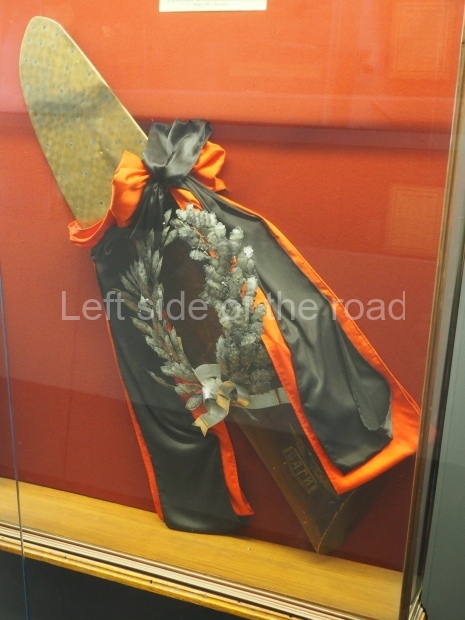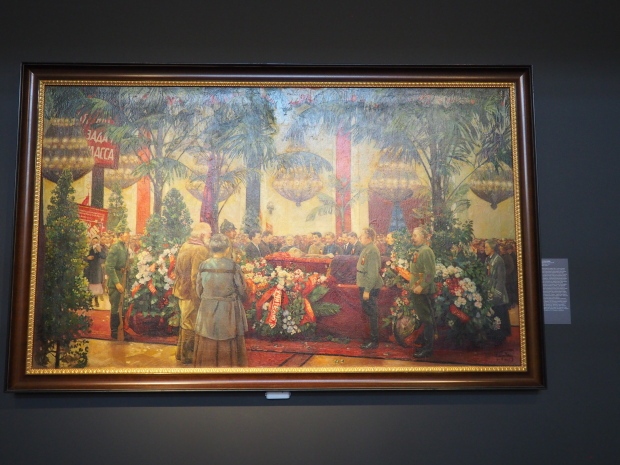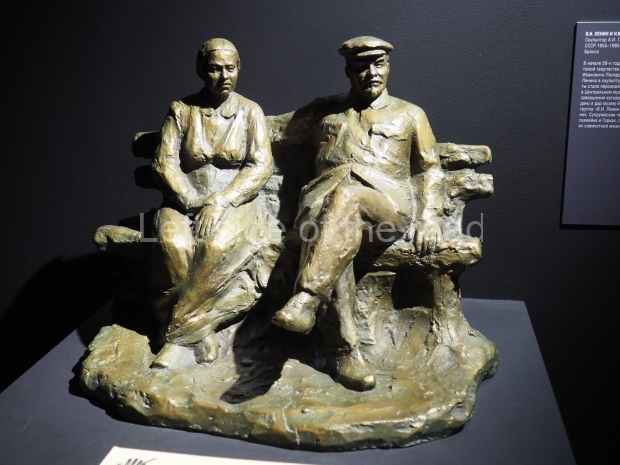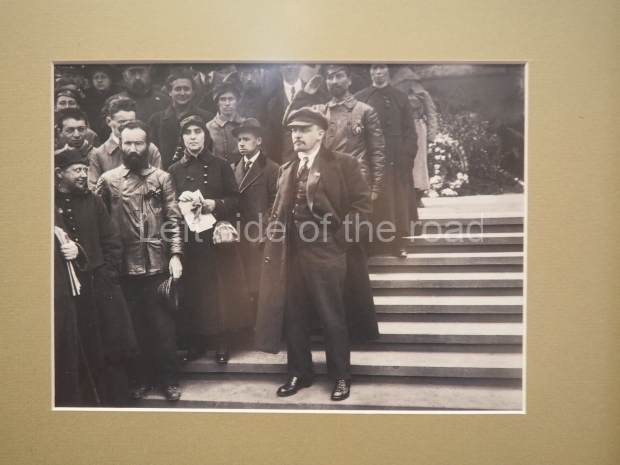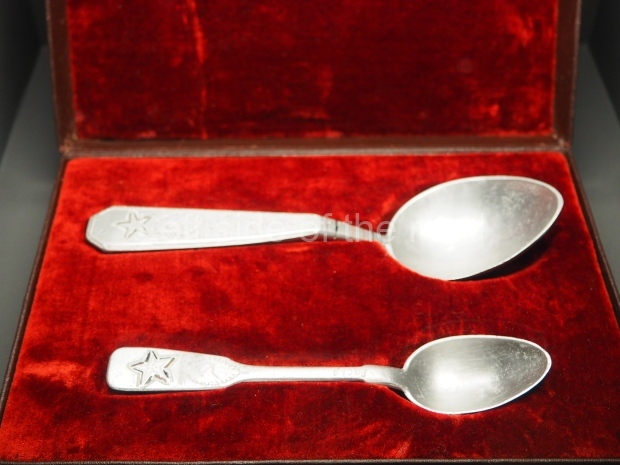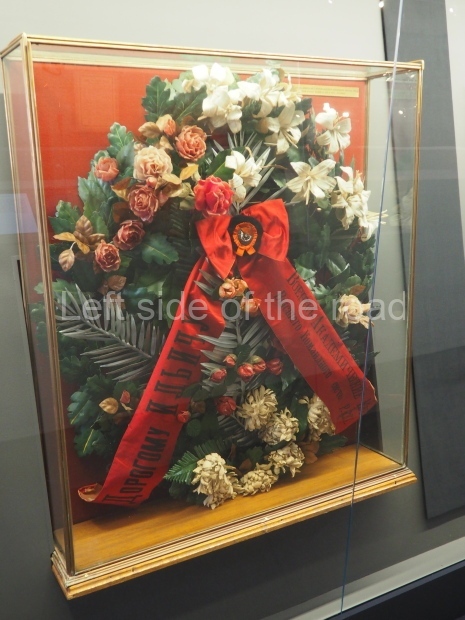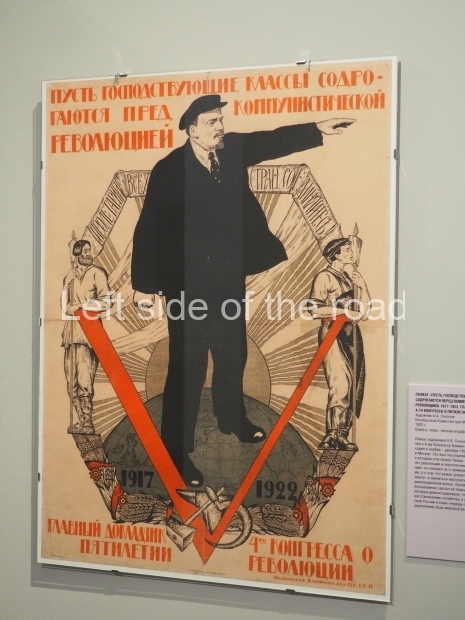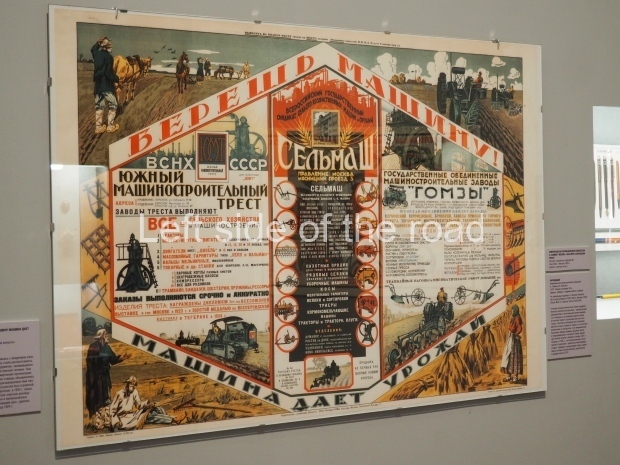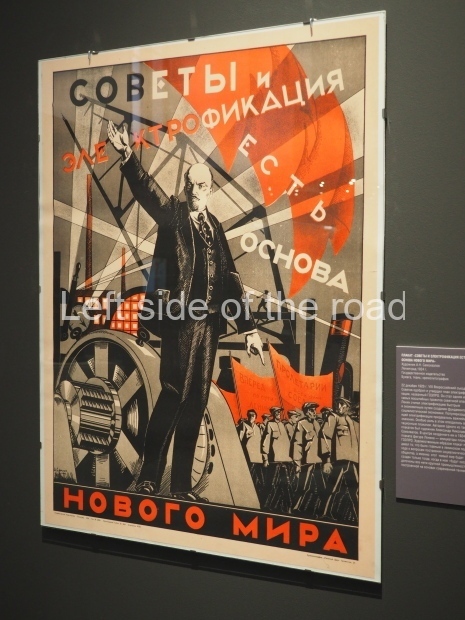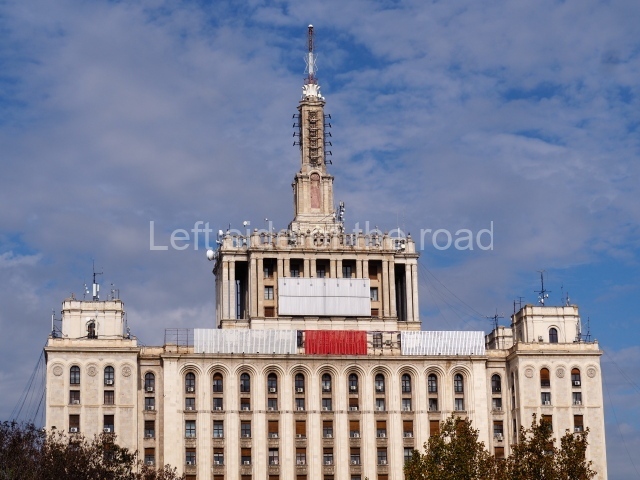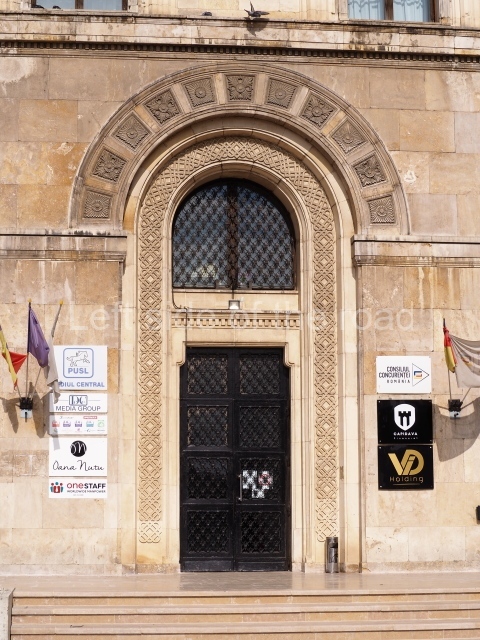JV Stalin Museum – Mamayev Kurgan – Stalingrad
This is a very strange museum – not to what it is dedicated – but for its location and very existence. Mamyev Kurgan is probably the most revered war memorial in the whole of the Soviet Union/Russia – and that would include those Republics which broke away amidst the chaos of the early 1990s. And yet just a few hundred metres behind the mammoth statue is a private hotel and restaurant which just happens to have a small, three room museum to JV Stalin in the basement. How that has been allowed in such a location is a mystery to me.
It’s a very amateurish collection, doesn’t have a great deal of structure and not all the exhibits are displayed in the best way possible. It would probably be fair to say no one with curator skills has been involved in the project.
It is, therefore, nothing like the Stalin Museum in Gori in Georgia. That museum has been established on a scale the museum in Stalingrad could only dream about. However, there are a few items that I hadn’t seen before and although not everything is on display I was given the impression that in the collection there are a lot of original documents and newspaper clippings that might be hard to find other than in the national archives in Moscow.
It is hoped this post gives an idea of what’s on display. The lighting conditions are not of the best and that has had an impact on the images but you should be able to get an idea of what’s on show. A slight diversion along the paths at the back of The Motherland Calls! for anyone who visits the monument would repay the effort.
Location;
Imani Mershala Rokossovsky 102
GPS;
48.74132 N
44.53259 E
How to get there;
The museum (and the hotel of which it is a part) is behind the monument of The Motherland Call! on Mamayev Kurgan, as the path goes down the hill.











